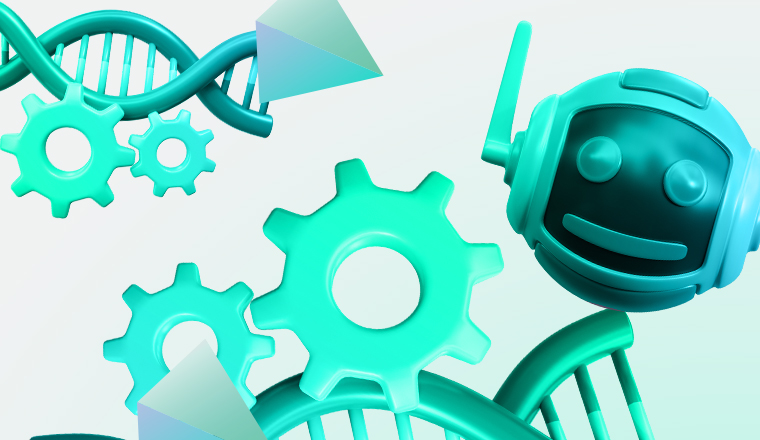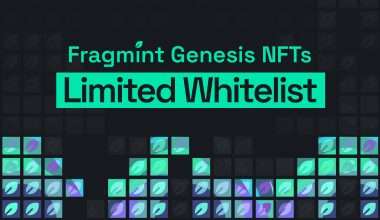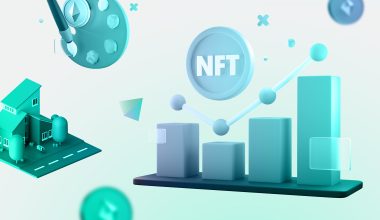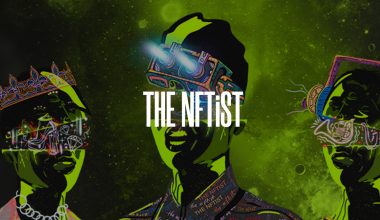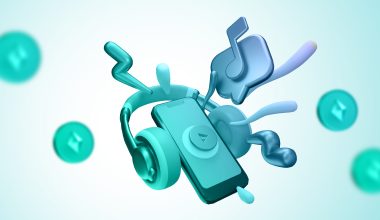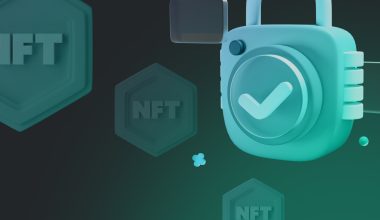AI (Artificial Intelligence) technology has the power to revolutionize digital artwork while creating extraordinary data-driven NFTs (Non-fungible Tokens).
Algorithms can create unique art by automatically analyzing and interpreting data, and learning from it to generate new images or animations. AI-based techniques allow NFT artists to create visually impressive digital artwork without relying on traditional methods like hand drawing or 3D modeling. AI can also be used to optimize existing artworks, adding complexity and detail that would otherwise take a long time for an artist to produce. This technology offers tremendous potential for creating innovative, one-of-a-kind digital artworks, making AI technology the perfect tool for creating stunning NFTs.
How to create data-driven NFT using AI?
There are a variety of AI tools available for creating data-driven NFTs, ranging from simple AI-based programs to more sophisticated AI tools.
Algorithms such as Generative Adversarial Networks (GANs) and Autoencoders can create realistic images or animations based on visual data inputs. For example, AI-generated photos can be altered to display different facial expressions or postures depending on the user’s input. AI-based GANs are also used in animated 3D characters and environments that can be transformed with color variations or other automated effects. Artificial intelligence also has the potential to automate tasks related to editing audio and video content, allowing users to easily create complex multimedia NFTs.
Imagine creating music NFTs and video NFTs with just a few clicks? At Fragmint this is exactly one of our goals as our mission is to inspire creativity and bring meaningful artwork into the world through the latest Web3 technology!
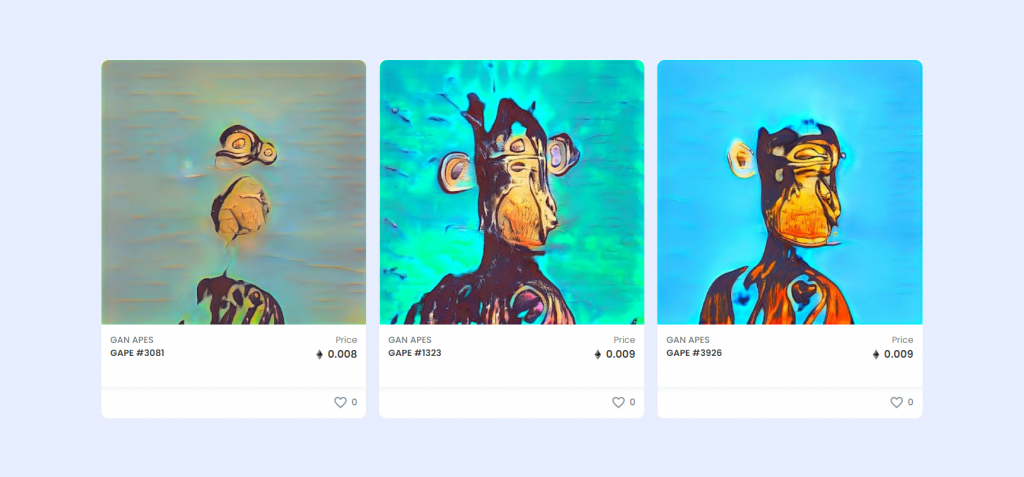
What are the steps needed for creating data-driven NFTs?
Using AI technology to create an NFT involves several steps:
- Selecting a platform
Google Cloud AI and Amazon AI are two AI-based platforms that allow users to create AI-generated artwork. Google Cloud AI is a suite of cloud-based tools for creating AI models. Amazon AI provides an array of pre-trained models that can be used to build custom applications. Both platforms offer features such as data labeling, automated machine learning, and analytics tools. This is how they track the performance of your AI models.
- Gathering data
After picking the platform for your need, you need to gather the necessary data for training AI models, such as images or videos of people or objects that can be used to generate the art.
Gathering data is a critical step in AI-generated artwork creation. The models need to be trained with visual inputs of people and objects before they can produce AI artworks. The more data you use, the better!
- Generating an NFT
Once AI models have been trained with the appropriate data and parameters, you are ready to create an NFT masterpiece. AI-generated artwork requires additional visual inputs and parameters in order to generate realistic images or animations. This includes selecting a style of art for your AI model to emulate, setting color palettes, defining texture patterns, and more. With all these parameters set in place, AI technology can be used to generate unique AI-based artworks from scratch or enhance existing pieces of digital artwork. The AI technology provides users with tremendous potential for creating innovative works of digital art – making it the perfect tool for creating stunning data-driven NFTs.
With these steps complete, your collection is yet to be minted.
Best practices for protecting your AI-created NFT from theft or misuse
Art crafted from AI has found an additional outlet to reach its audience – digital NFTs. Whether it’s music, visual art, or interactive experiences, the potential of creating NFTs generated by AI is unlimited. However, with this potential come certain risks, including theft and misuse of these creations. To protect these works and ensure they remain accessible through their existence as a token, there are best practices to keep in mind.
Some of these include using a secure storage system for the private key associated with the token and making sure that the data associated with it is regularly backed up so that it does not become irreparable if lost. Additionally, it is essential to have proper copyright protections in place prior to releasing the NFT in order to maintain control over its use and mitigate potential misuse. Finally, monitoring social media channels where talented creators often showcase their work can help guard against plagiarism or misuse since any time a piece is shared online there is always a risk of it being duplicated or utilized without permission. By considering these best practices when working with AI-generated NFTs, creatives can rest assured their works are secure and remain accessible to fans worldwide.
We at Fragmint believe that everyone should have an understanding of how to protect their assets. Scammers are using different methods to steal assets so take a look at our guide in order to better understand how to protect your digital assets.
Final Words
In conclusion, using AI technology to create NFTs is a powerful and efficient way to create high-quality, unique digital assets. By following the steps outlined in this guide, you can easily set up your own NFTs without the need for any complicated coding or graphics design knowledge.
With NFTs becoming increasingly popular, now is the perfect time to get started on creating them of your own!
Find Fragmint on social media and keep track of the latest updates on the project.
Twitter: https://twitter.com/Fragmintnft
Discord: https://discord.gg/ab6YNmRczH
Telegram: https://t.me/fragmintapp
LinkedIn: https://www.linkedin.com/showcase/fragmint
Facebook: https://www.facebook.com/Fragmint
Instagram: https://www.instagram.com/fragmintnft
Website: https://fragmint.com

